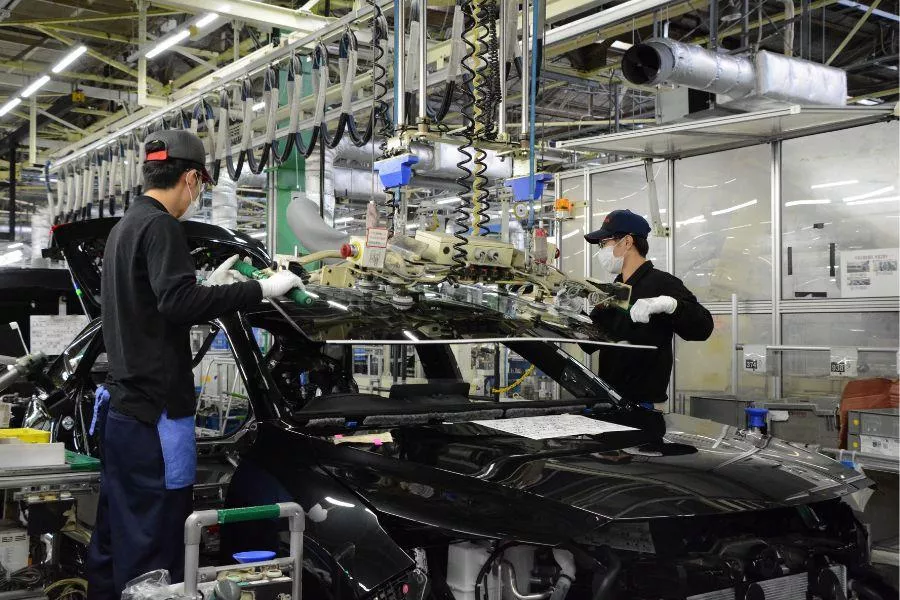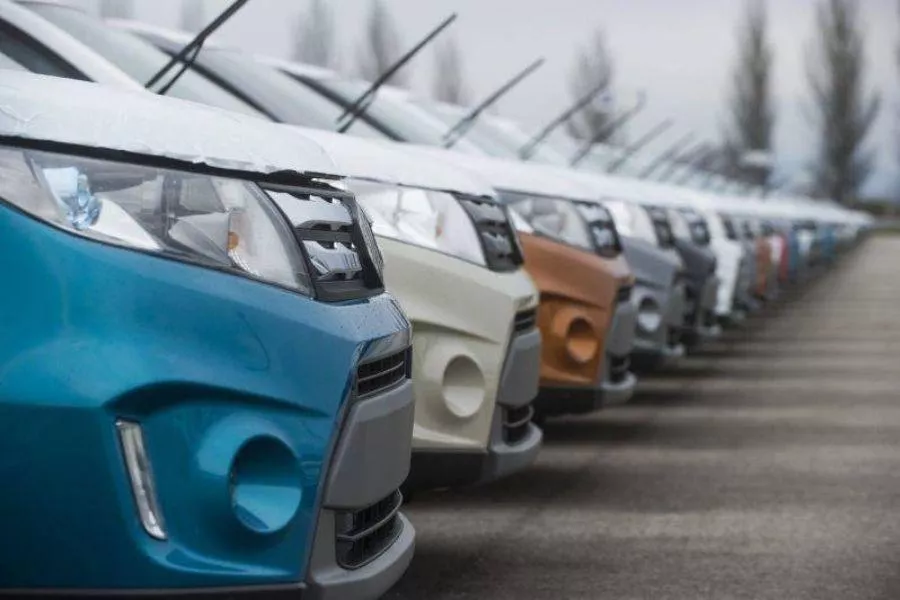The ongoing conflict between Russia and Ukraine will likely reduce the number of light vehicles produced worldwide, according to automotive research firm S&P Global Mobility.

The number of light vehicles produced globally is estimated to drop following the Russia-Ukraine conflict
In a press statement released Wednesday, the company reduced its 2022 and 2023 forecasts for light vehicles assembled worldwide to 81.6 million and 88.5 million vehicles, respectively.
“With the March forecast release, we removed 2.6 million units from our 2022 and 2023 outlook, but the downside risk is enormous,” said S&P Global Mobility Executive Director for Global Production Forecasting Mark Fulthorpe. “Our worst-case contingency shows possible reductions up to 4 million units for this and next year.”
Some 1.7 million units were culled from 2022 estimates for Europe, including just under 1 million units in lost demand from both Russia and Ukraine. In North America, projections for light vehicle production were downgraded by 480,000 units for 2022 and 549,000 units for 2023.

Suzuki has stopped shipments of new vehicles to both Russia and Ukraine from its plant in Hungary
Russia’s invasion of Ukraine, which commenced late February 2022, has resulted in supply chain problems. Wiring harnesses made in Ukraine, for instance, were intended for an estimated 500,000 to 1 million vehicles prior to the war. Some 45 percent of these harnesses are exported to Germany and Poland, with German carmakers such as BMW and Volkswagen among the most heavily impacted by the conflict.
Volkswagen is shifting some of its production from Europe to North America and China to address supply chain disruptions caused by the war, according to Chief Executive Officer Herbert Diess. Meanwhile, BMW Chief Technology Officer Frank Weber said that his company is temporarily duplicating wire harness production in other areas, in an attempt to preserve Ukrainian jobs.

Russia supplies 40 percent of the world's mined palladium, which is used in automotive catalytic converters
Another issue is the availability of neon gas. Ukraine controls nearly half of the high purity neon supplies to the semiconductor industry, which uses the element in lasers to etch pattern onto chips. New automotive releases have been delayed since last year due to semiconductor shortages caused by COVID-19 lockdowns.
The bigger potential problem concerns palladium, a material widely used in catalytic converters. According to S&P Global Mobility, 40 percent of the world’s mined palladium comes from Russia, and supply interruptions could force global vehicle production to stop altogether. While one alternative to palladium is platinum, this is also largely sourced from Russia while being similarly expensive.
S&P Global Mobility forecasts that total light vehicles produced globally will be reduced by almost 25 million units between 2022 and 2030.
Whether it’s a supply surplus or shortage of cars, read about it at Philkotse.com.
Recent posts
- Honda Ukraine donation Mar 16, 2022
- suzuki suspends exports russia ukraine Mar 11, 2022
- car brands halt operation in Russia Mar 07, 2022
- plant closure chip shortage Apr 06, 2021
- carmakers cut production chip shortage Jan 11, 2021












